Hitscan heroes are a part of the Overwatch 2 meta. These types of heroes make their presence known in certain maps which cater to this style of play. The devs let certain cast members shine in tailored situations that either require pin-point aim or an explosion with a massive surface area. This is a part of the beauty of OW2.
Even though particular heroes perform during a meta’s lifespan, there are multiple team compositions to try and even more different experiences that’ll keep you coming back for more. Learning the various styles of gameplay will help you overcome a slaughter, and hopefully, assist you in turning the game on its head.
Among the heroes who wield guns, one of the primary ways players differentiate them from one another in the game is by the way their weapons shoot. Certain weapons are better against certain heroes than others, so it’s important to understand weapon classifications in order to best attack enemy players. One of those classifications is “hitscan,” which describes a particular kind of weapon fire.
So, what exactly are hitscan weapons, and why are they so important?
Overwatch 2 hitscan weapons, explained
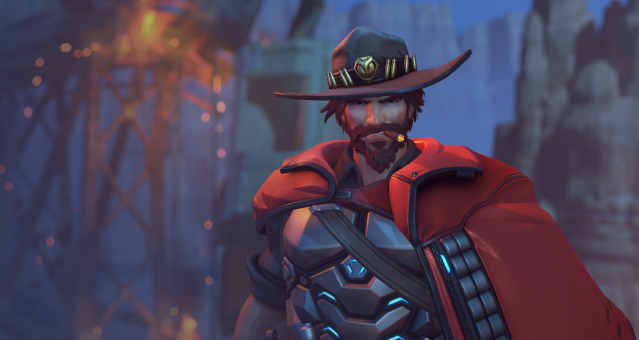
Overwatch 2’s two types of weapon fire include hitscan and projectile. Projectile weapons are a type of rifle or grenade launcher that shoots a bullet in a specific direction, however, it’ll take its time to reach its destination.
If you aim at a moving target, you must predict where they’ll be as your bullet or grenade lands. This is the difficulty associated with projectiles.
Characters who use this type of weaponry include:
- Junkrat
- Lúcio
- Pharah.
Then you have your hitscan heroes. These types of aim-gods require precise shooting at the target wherever they’re currently standing. If your enemy moves, you follow their body. Predicting their movements ahead of time will likely result in you missing. Keeping your aim focused on their body while they move is going to get you all your damage.
Characters who use hitscan include:
- Soldier 76
- Widowmaker
- Cassidy
- Ashe
- Tracer
Because of this difference, using hitscan weapons effectively requires a different set of skills than using projectile weapons. Instead of leading or predicting your shots, you have to work on “tracking” your shots.
Tracking a shot involves keeping your crosshair locked onto your opponent while they move around, which makes it more likely you’ll hit that perfect headshot.
Why does hitscan matter in Overwatch 2?
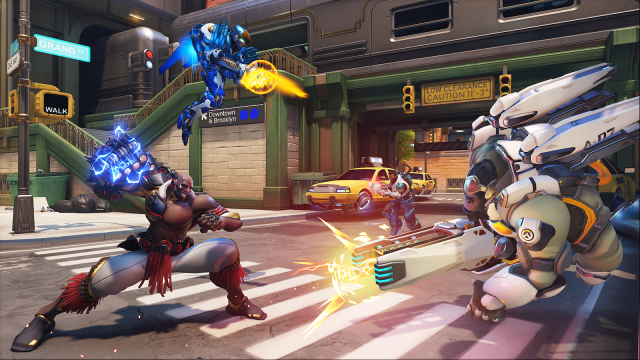
You’ve likely encounter an OW2 gamer begging their damage player to switch to a hitscan hero. This will more than likely be a necessary swap if you’re against a flying hero like Pharah or Echo. Projectile weapons are much more effective and efficient against ground-bound heroes. Attempting to snipe a Pharah out of the air with a Junkrat primary fire won’t do much. Odds are they’ll evade it with ease.
Hitscan heroes, on the other hand, can use tracking to simply click on an airborne hero’s exact location and knock them out of the sky. It’s much easier to hit them with the rapid fire of Soldier: 76 or the precision shots of Cassidy and Widowmaker’s guns, all of which use hitscan weapons, than it is with almost any projectile hero. That doesn’t mean that all hitscan heroes are great against Pharah and Echo–D.Va’s hitscan shotguns aren’t going to do much of anything from far away–but generally speaking, these hitscan heroes are better for the task.
While hitscan weapons are powerful because of the speed and accuracy they give players, OW2 developer Blizzard balances them by adding spread and damage falloff.
Spread
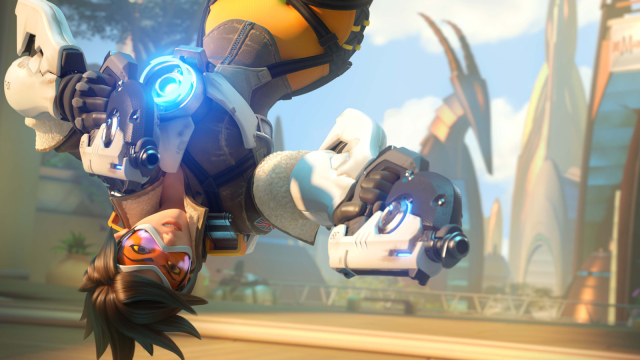
A good example of spread is with characters like Tracer and Reaper. Notice that while both characters have hitscan weapons, their ammunition isn’t all fired in one direction.
When playing Tracer, it’s best to be as close as possible to your opponent; the further away she gets, the more her ammo will fly off in different directions. Reaper’s shotguns send bullets into the distance, but since the spray is so far apart, it’s best to play in your opponent’s face.
To a lesser extent, this is true with Soldier: 76 as well. But his spread, otherwise known as recoil, comes from holding down your fire for too long. The game would be too easy (and the guns would feel less realistic) if your weapon didn’t move at all while shooting. If you quickly tap your mouse button repeatedly to fire Soldier’s rifle, you’ll consistently hit whatever is in between your crosshairs. If you hold the button down, the shots will be significantly less accurate as a payoff for the rapid fire.
Damage falloff
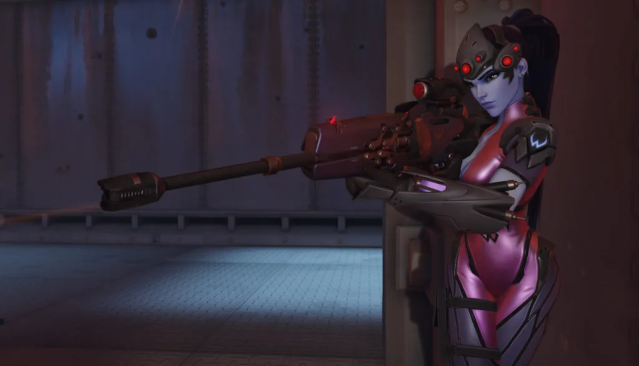
Though some hitscan characters can be lethal from range, like Widowmaker, many rely on staying within a certain range to be effective. This is because of many hitscan weapons’ damage falloff, a metric that prevents every hero from hitting ridiculous headshots from miles away. To prevent some hitscan heroes from being too powerful, their ammunition will do less damage to targets who are further away. In most cases, it’s a sliding scale rather than a fixed decrease depending on the distance between the two heroes.
Cassidy doesn’t have any spread. His revolver is going to hit wherever you’re aiming. However, it’s significantly less impactful from far distances. His golden spot is medium to close range, also due to the fact that his magnetic grenade is so deadly up close. Certain characters, including Tracer and Sombra, have a combination of both spread and damage falloff that balances the strength of their machine guns.
This is how the OW2 devs keep the game fair and the meta balanced.


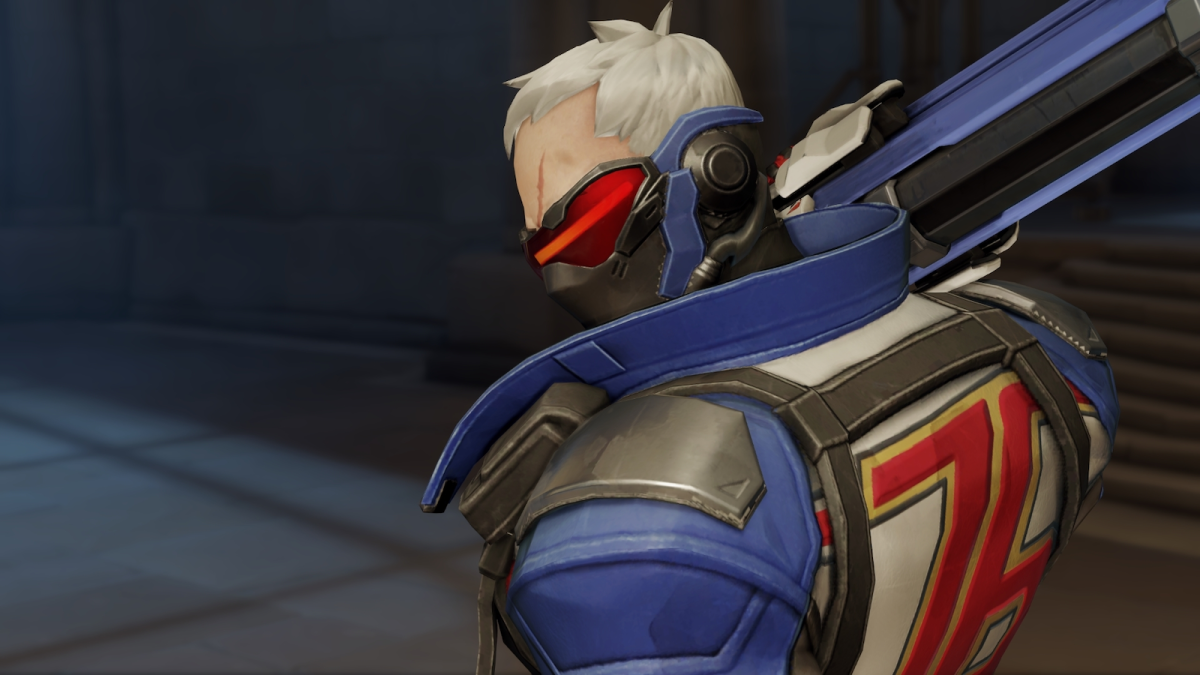
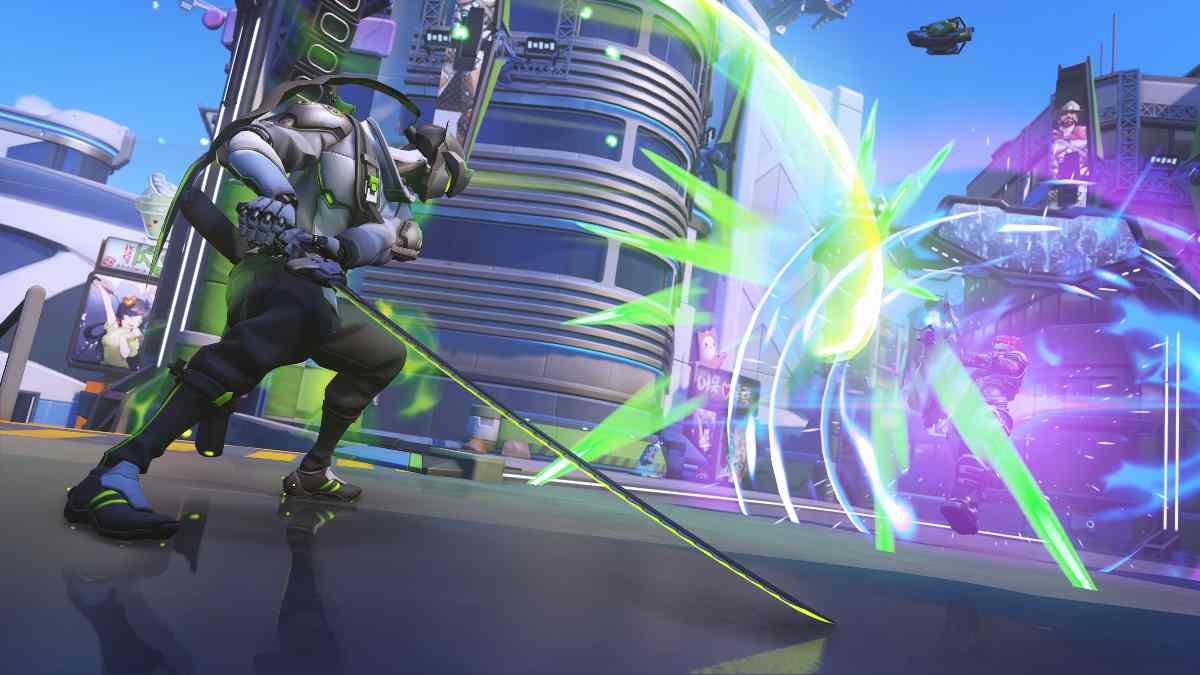
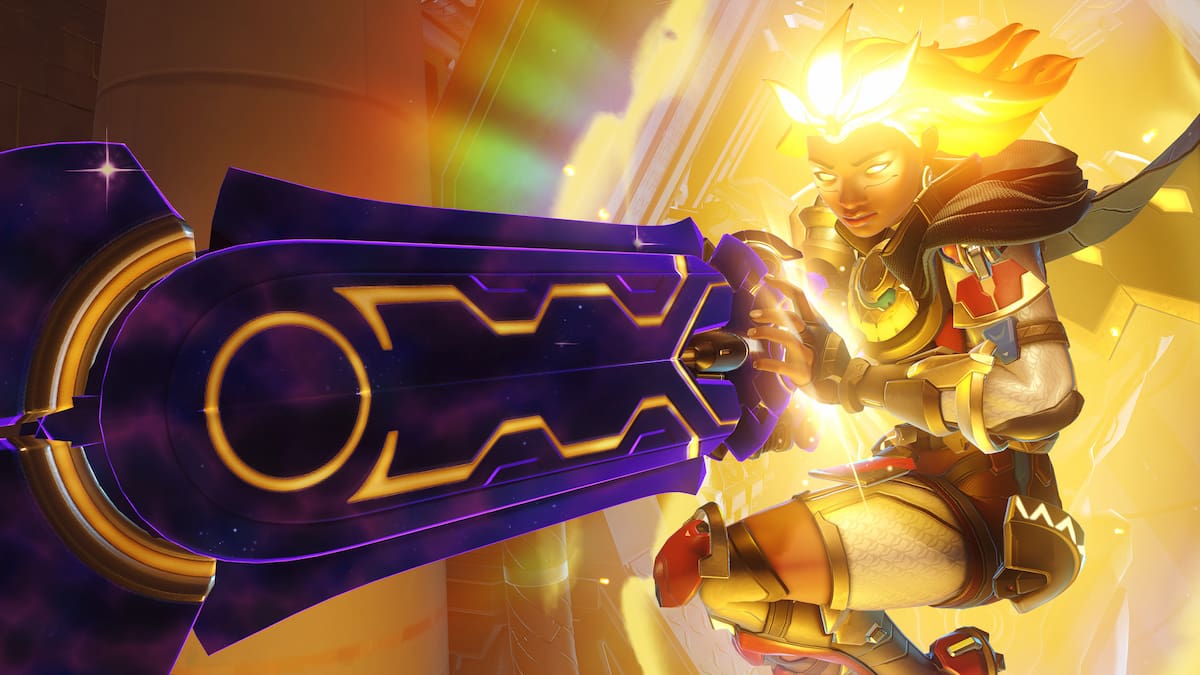
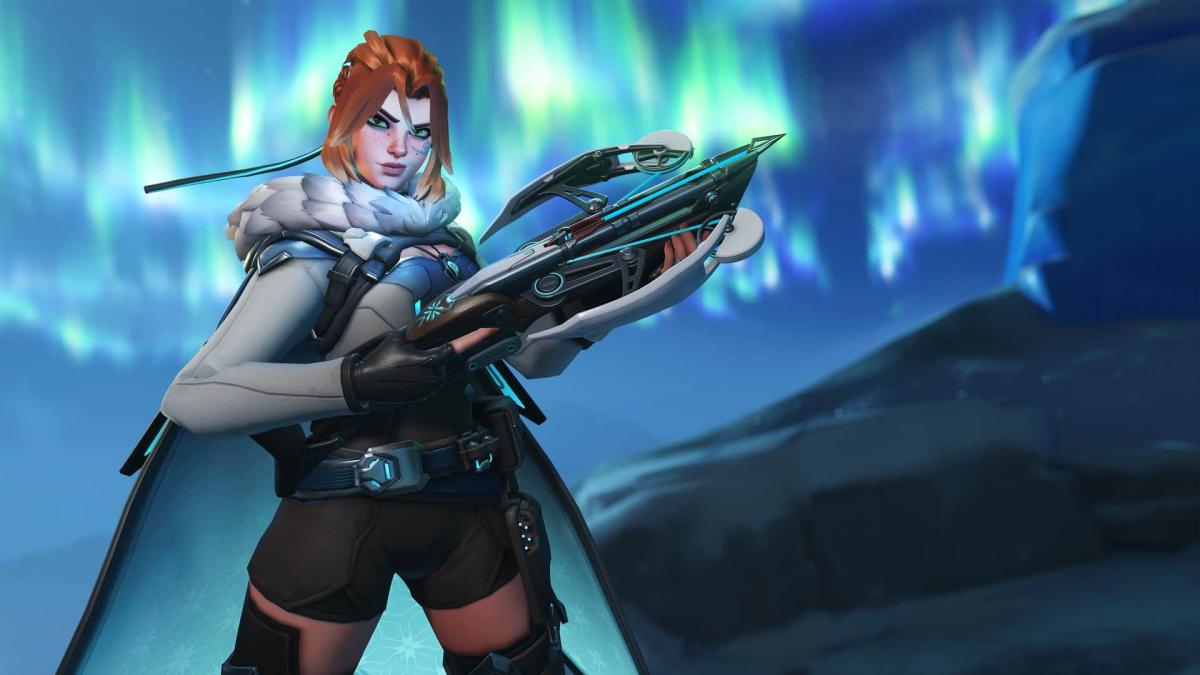
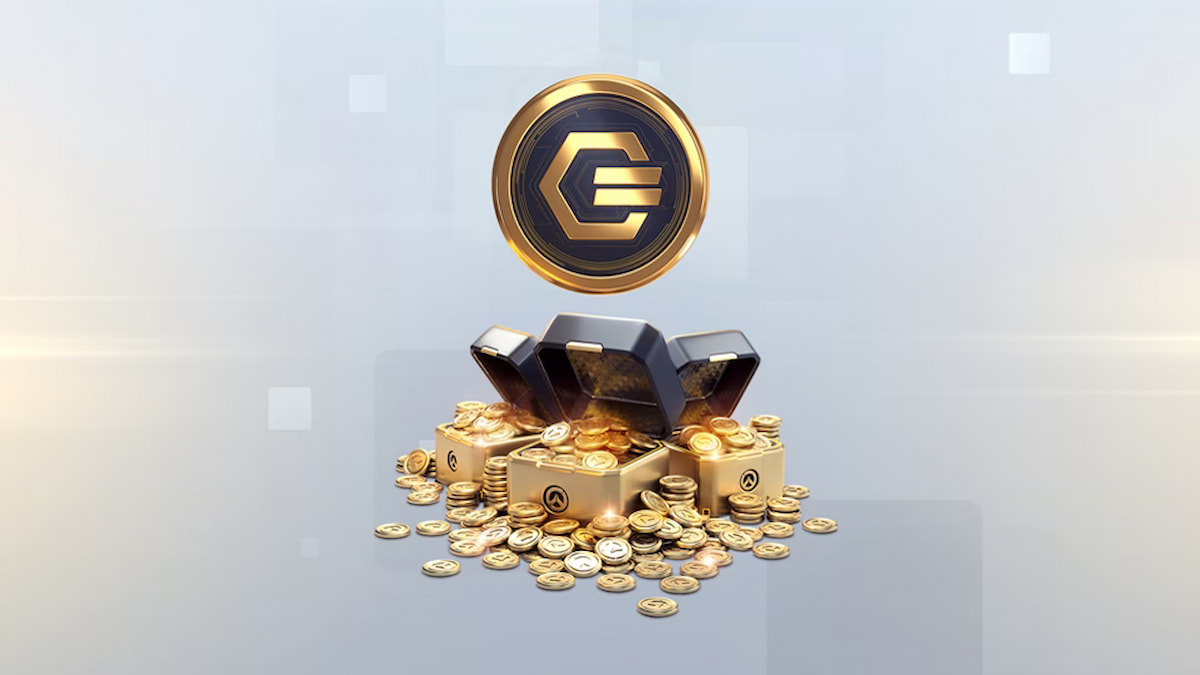

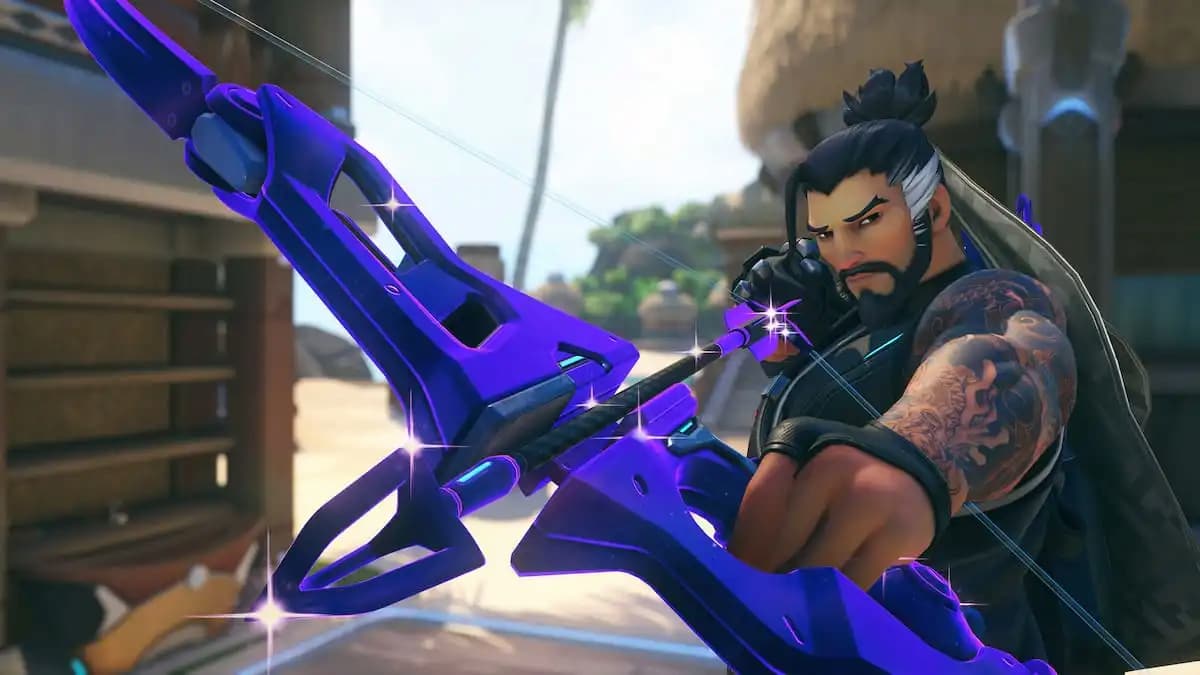

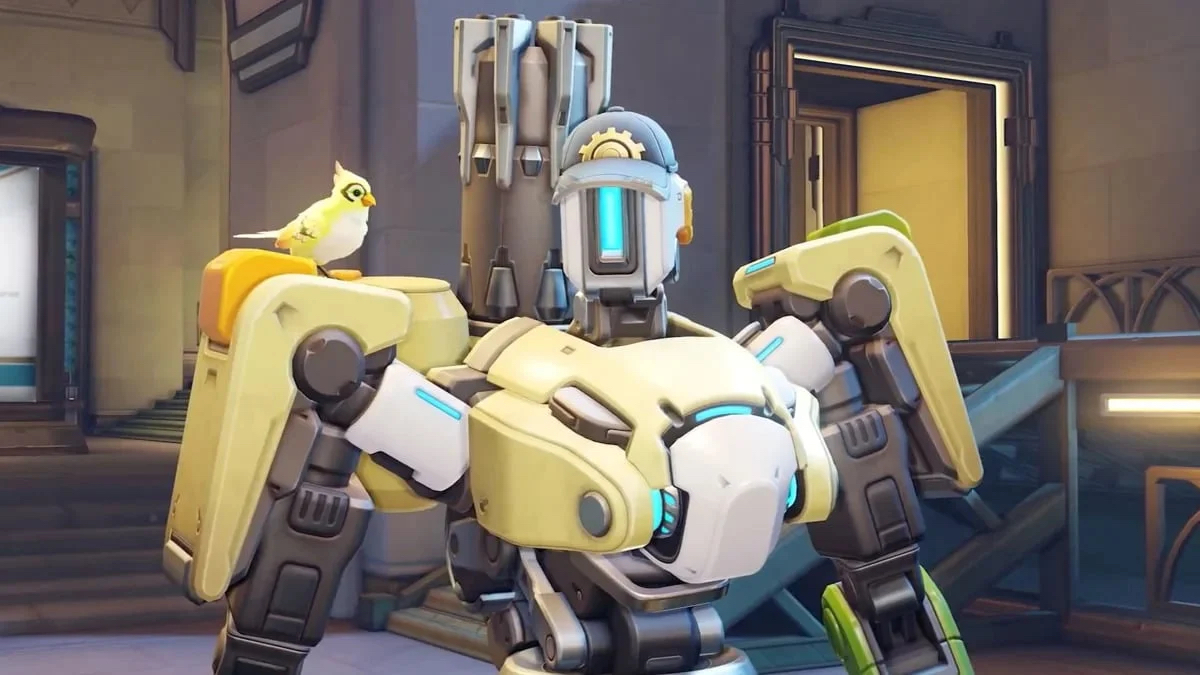
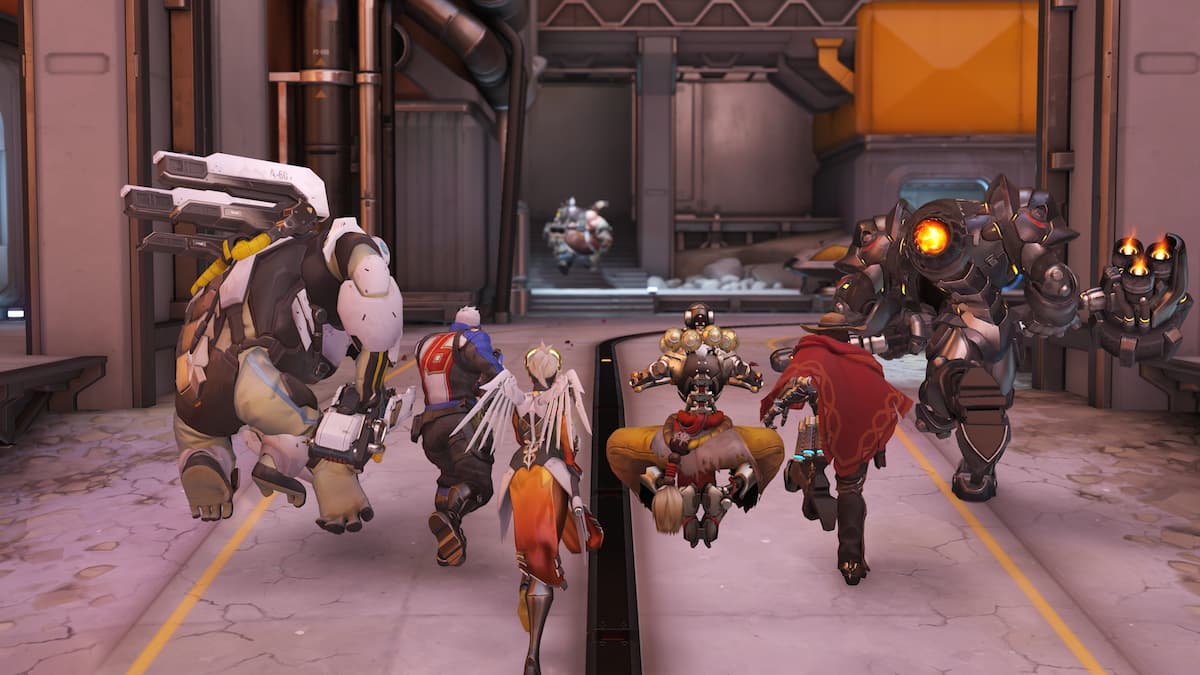


Published: Apr 27, 2023 12:27 am